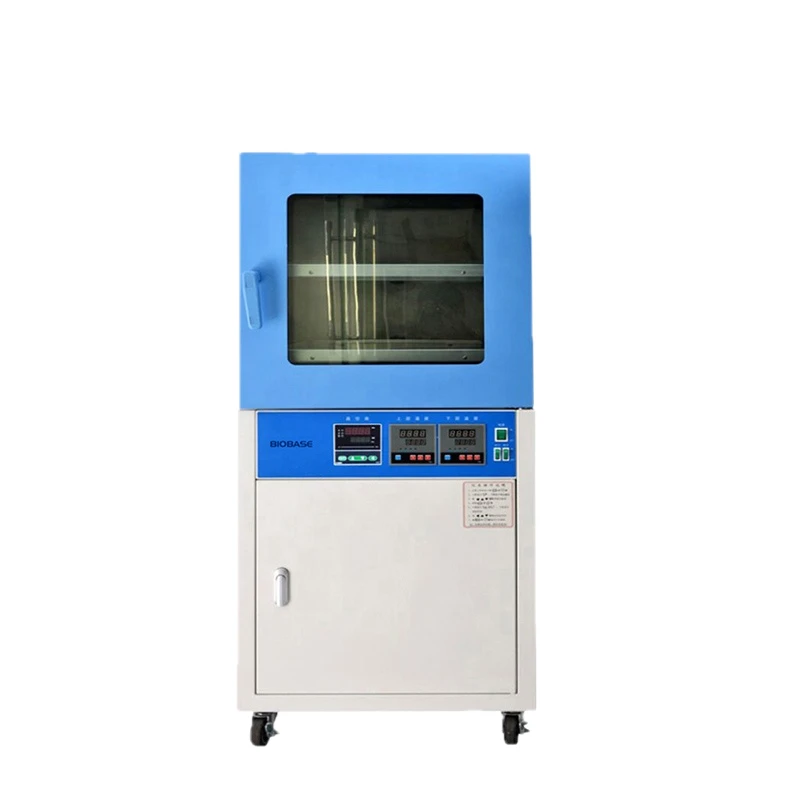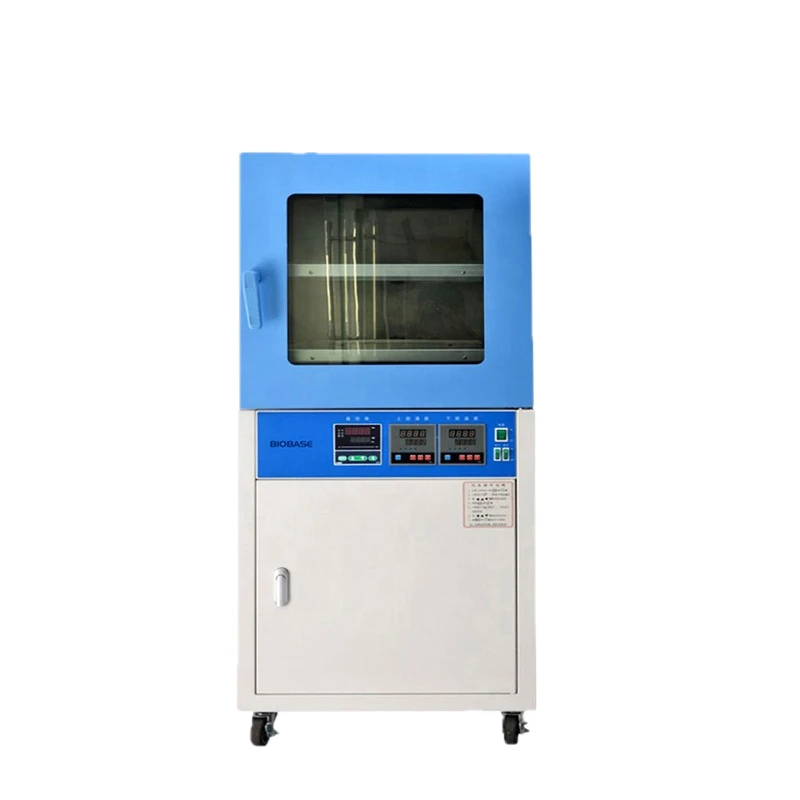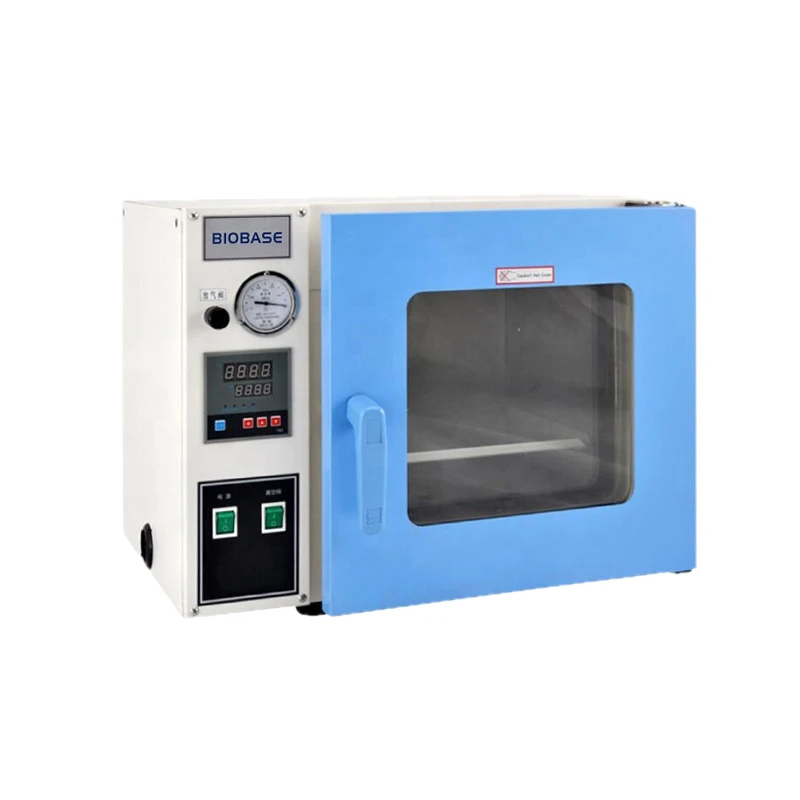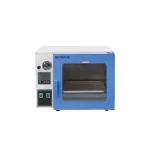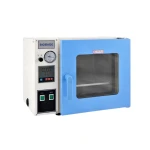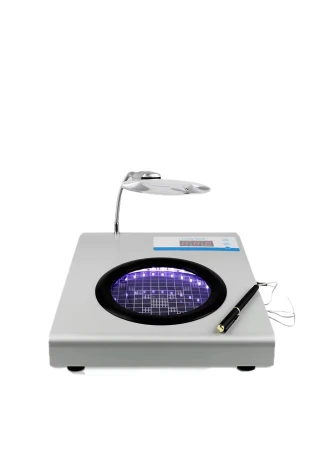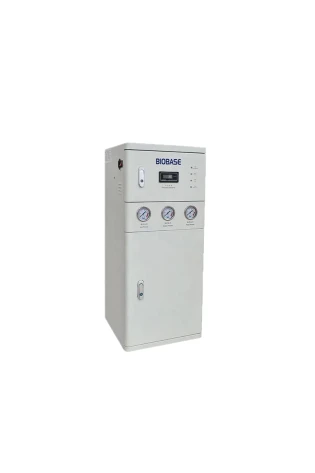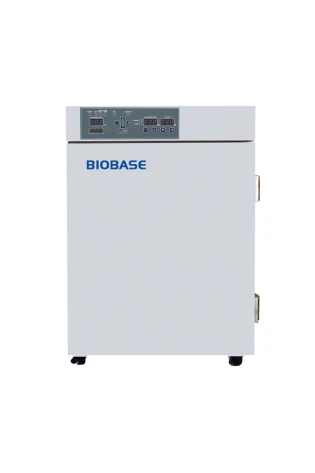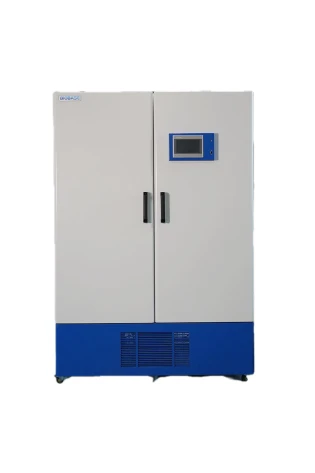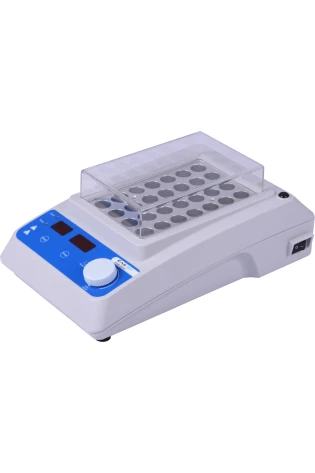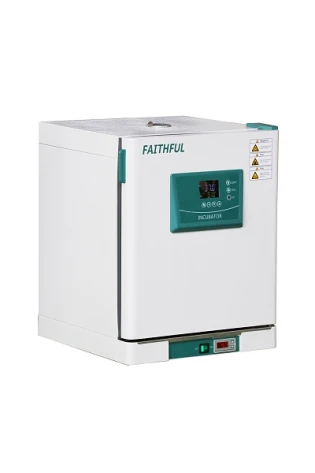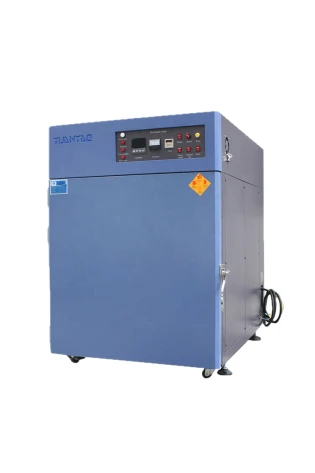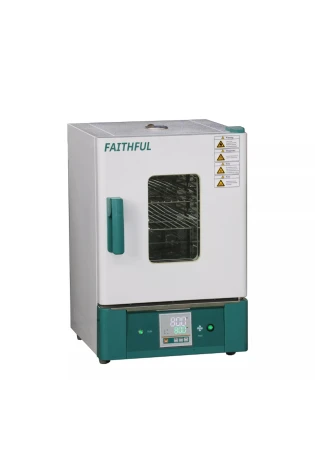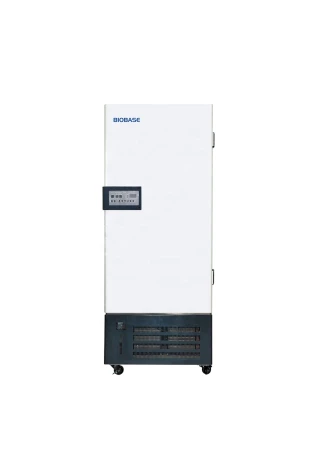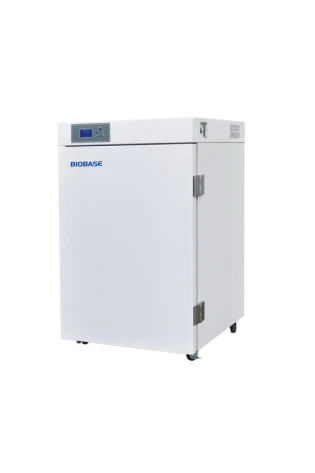Vacuum Drying Oven
- Vacuum Drying Oven:
- Pros: Dries samples at lower temperatures, preventing degradation of sensitive materials; minimizes oxidation, protecting compounds from air; reaches all moisture in a short time
- Cons: Requires a vacuum pump and has higher initial cost than standard ovens; batch processing can have low throughput.
- Freeze Dryer:
- Pros: Dries heat-sensitive materials at even lower temperatures by sublimating ice; preserves sample integrity perfectly.
- Cons: Very expensive and complex to operate, with a higher initial investment than a vacuum oven.
- Convection Oven:
- Pros: Faster drying times due to hot air circulation; lower initial cost compared to vacuum ovens.
- Cons: Higher temperatures can damage heat-sensitive or oxygen-reactive materials; air circulation can cause issues for fragile samples.
- Conventional Oven:
- Pros: Simple, low-cost solution for general drying applications; widely available and easy to use.
- Cons: Dries at ambient pressure, increasing oxidation risk; less efficient than vacuum or convection methods for some applications.
- Vacuum Drying Oven
1. Outer material : cold rolled steel plate with spraying surface; inner material : SUS stainless steel plate.
2. PID microprocessor temperature control with LED display.
3. Integral molded silicone rubber door seal ring for good air tightness.
4. Toughened bulletproof double glazed doors.
5. With parameter memory function, automatically resume operation when power restoration.
6. The heater is located in the chamber on the shelf, and separate temperature control, with a short heating time, the same level of temperature uniformity is good.(Except BOV-30L/50L)
|
|||||||||||||||||||||||||||||||||||||||||||||||||||||||||||||||||||||||||||||||||||||||||||||||||||||||||||||||||||||||||||||||||||||||||||||||||||||||
